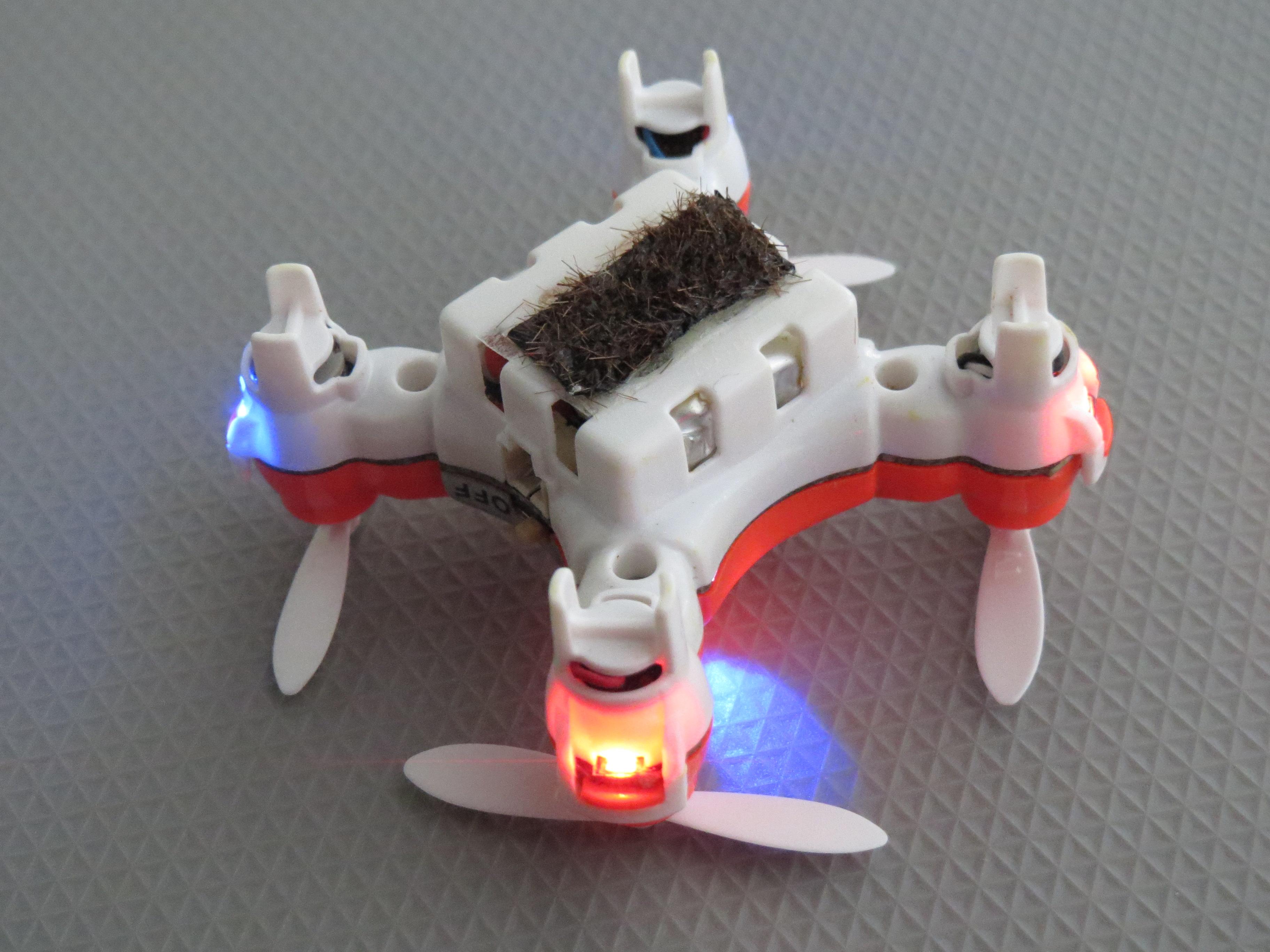They've been touted to take over jobs from humans, but now robots could help the decline in pollinating insects.
Japanese scientists re-purposed a gel-like substance once considered a failed experiment, applied it to horse hair and attached it to a palm-sized, four-propeller commercially available drones.
They say it could be the cavalry pollinating insects, such as bumble bees, need with their populations under threat.
Numbers of pollinating insects have been decreasing over time, with one type of North American bumble bee listed as an endangered species last year.
The rusty patched bumble bee's population has declined nearly 90 percent since the late 1990s, and can now only be found in half the states they used to be.
Chemist and the study's senior author, Eijiro Miyako, says his discovery was a "result of serendipity", with the ionic gel used on the artificial pollinators being the result of an "experiment gone wrong".
In 2007, he'd been trying to make a liquid which could be used to conduct electricity, with one unsuccessful attempt turning out "as sticky as hair wax".
It had sat in a storage cupboard since then when it was re-discovered during a lab clean-up, unchanged by time.
Inspired by the plight of insects, Dr Miyako and colleague Svetlana Chechetka decided to see if pollen could stick to the gel.
They collected ants and put a drop of the substance on their bodies and let them roam free in a box of tulips.
The ants that had the goo on them were more likely to have pollen stick to them than ones that didn't.
The challenge now was to get the gel flying. They used horse hair on the bottom of the drone to mimic the fuzzy exterior of a bee. The hair created more surface area for the pollen to stick to and generated electric charge to keep the grains in place.

The drones were tested on some Japanese lilies where they were able to pick up the pollen and transfer it to a second flower - much like insects do.
Dr Miyako says while the drone is far from being used in flowery fields, it is a "creative first step" toward a future with fewer bees.
"We believe that robotic pollinators could be trained to learn pollination paths using global positioning systems and artificial intelligence."
But rather than replacing pollinators, Dr Miyako says the drones would help relieve pollination pressures, leaving bees to do what they do best - make honey.
The srudy was published in the journal Chem.
Newshub.
